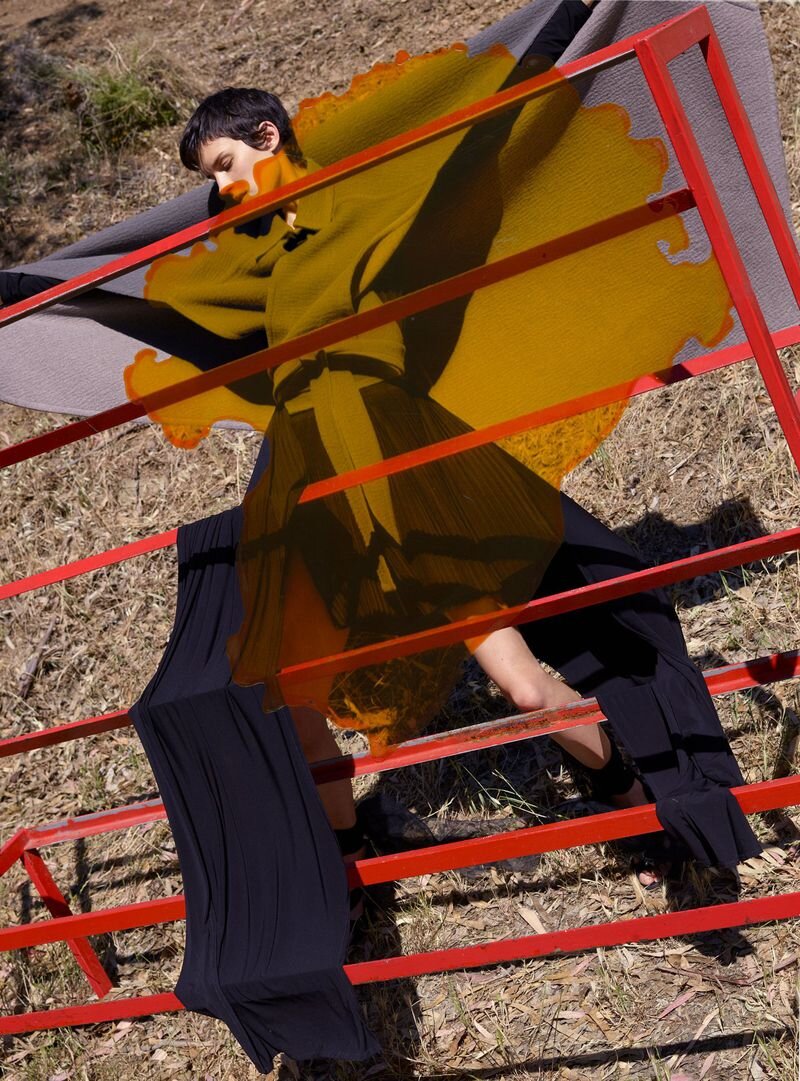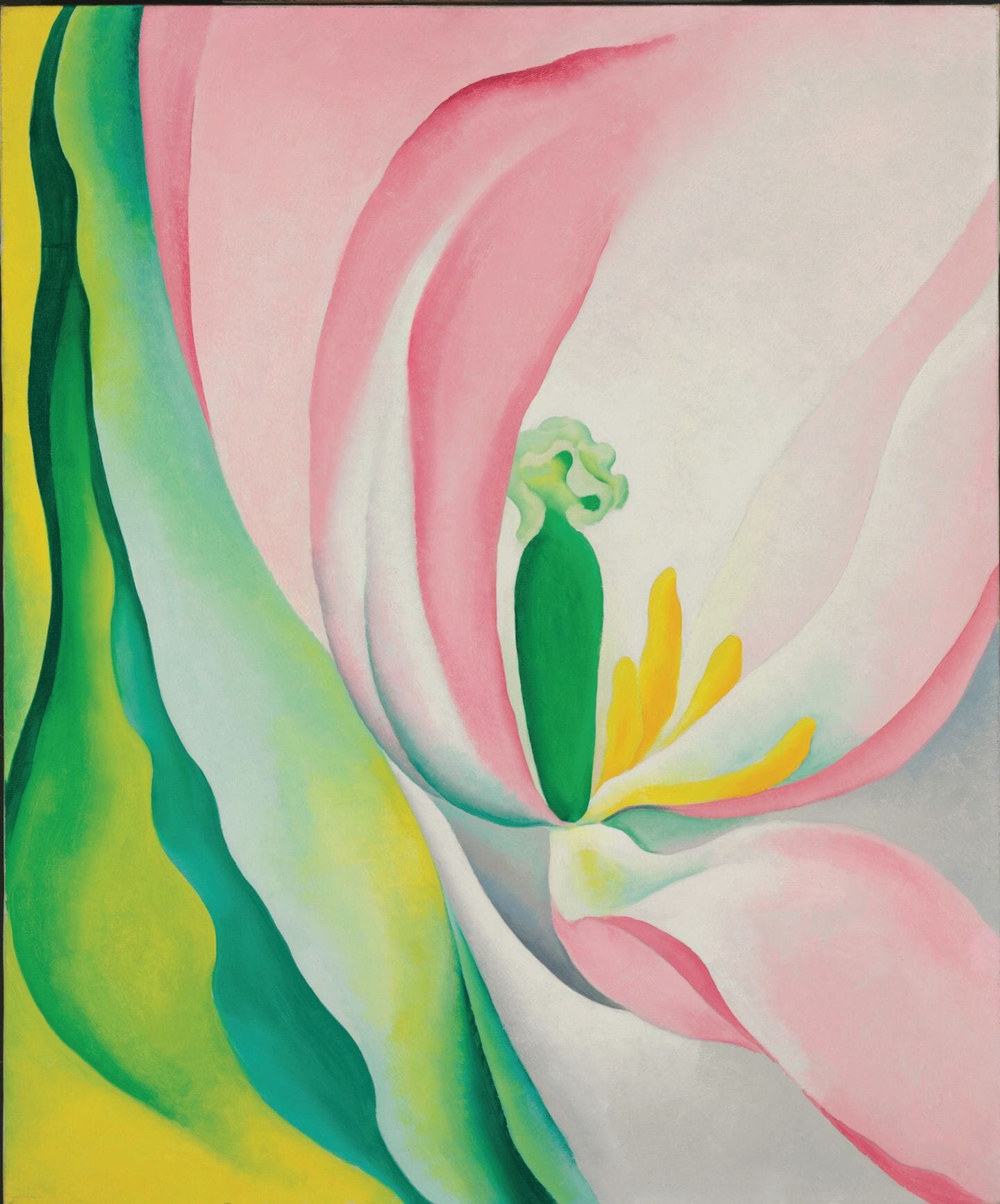Yes, The G-Spot Does Exist As Part Of Holistic Female Sexual Anatomy
/ I could write: “No wonder women and men are confused! What do you mean there is no G-spot!!!! I have one.”
I could write: “No wonder women and men are confused! What do you mean there is no G-spot!!!! I have one.”
Like all the quickie analysis of how to pleasure a woman, Huff Po UK’s Rachel Moss adds to the confusion, writing:
In the majority of women’s magazines (Cosmo, we’re looking at you) a woman’s G-spot is listed as the magical gateway to sexual pleasure.
But new research suggests the ‘holy grail’ of female orgasms may not even exist.
Really? Is that what the research said, Rachel? Then why did you follow with this explanation:
A study, published in the journal Nature Reviews Urology, says it isn’t just the G-Spot that brings a woman sexual pleasure but a much larger “intimate area”, named the clitourethrovaginal (CUV) complex, which includes the uterus and the clitoris.
While you add to the perpetual confusion about female sexuality, Rachel, are you certain that the study concluded that the uterus is part of the CUV? Or have you confused uterus with urethra? I know both words begin with the letter ‘u’, but that is all they have in common in the recent reswearch.
If I sound annoyed by these kneejerk headlines concerning the G-Spot not existing, I respond “you got that right!” Women have enough challenges achieving sexual pleasure in America, and the Brits are no better off.
 For starters, the new research led by Emmanuele A. Jannini, professor of endocrinology and sexology at Tor Vergata university in Rome, says that the pleasure zone that triggers a female orgasm — where the woman is psychologically and emotionally receptive to having one I will add — is more complex than just a single area identified as the G-spot, named after Ernst Grafenberg, a German gynaecologist who proposed its existence in 1950.
For starters, the new research led by Emmanuele A. Jannini, professor of endocrinology and sexology at Tor Vergata university in Rome, says that the pleasure zone that triggers a female orgasm — where the woman is psychologically and emotionally receptive to having one I will add — is more complex than just a single area identified as the G-spot, named after Ernst Grafenberg, a German gynaecologist who proposed its existence in 1950.
Professor Jannini concludes that the CUV complex comprising the clitoris, urethra and anterior (front) vaginal wall is “much more complex than a simple, phantasmagoric ‘point’ ” — not that I ever thought it was a ‘point’.
“The vagina is an active tissue and sexually important to be respected,” concludes Dr. Jannini.
The ‘stop looking for the G-spot, it does not exist’ headlines serve to further confuse everyone about female sexual anatomy. Frankly, I do not understand what new research comes from Dr. Jannini.
Current Knowledge of Female Sexual Anatomy
Instead of looking only for a target of spongy tissue 1-2” inside your vagina and on the bellybutton side of your vaginal canal, consider that this G-spot tissue is also part of a zone containing the urethra, a channel connecting our bladders with the outside world. It is not new news that that this channel is surrounded with erectile tissue (as is a man’s penis) and about 40 glands and ducts that are known to project a pleasurable response to stimulation. Dr. Jannini did not make this discovery.
Consider that the female clitoris, described by Violet Blue as an ‘inverted pyramid’, is part of a holistic, interconnected biological system capable of astounding potential female sexual pleasure.

Grafenberg Never Described the G-Spot As A Point
Referring to the Boston University Medical College, we find a medically dense but digestible explanation of female genital anatomy. Not only does the BUMC overview of female sexuality call out the G-Spot but it describes Grafenberg’s discovery of a sexually excitable region and not a ‘point’ that triggers female orgasm.
G-SPOT
The G-Spot may be considered a general excitable area along the whole length of the urethra running along the anterior vaginal wall. Grafenberg reported that the digital stroking of the anterior vagina along the urethra, especially in the region of the base of the bladder, sexually aroused female subjects greatly. In a number of women this area swelled up to the size of a kidney bean and projected into the vaginal lumen. The G-spot may be considered a general excitable area along the whole length of the urethra running along the anterior vaginal wall. When this is stimulated manually, the sexual arousal induced is almost immediate. This erotic sensitive area is located in closer relation to the bladder base than the urethra. The G spot represents that part of the urethra that contains the periglandular or paraurethral tissue, corresponding to the female equivalent of the prostate. These glands are present to a greater or lesser degree in about 90% of women. In some women, when stimulated sexually, a fluid secretion claimed to be dissimilar to urine or vaginal fluid can be produced which is controversially “ejaculated” from the urethra.
Understanding that the G-Spot is part of a larger region is also not the last stop in understanding the physiology of female sexual response. The National Institute of Health shares research on CUMD.
In 1924 Marie Bonaparte proposed that a shorter distance between a woman’s clitoris and her urethral meatus (CUMD) increased her likelihood of experiencing orgasm in intercourse. She based this on her published data that were never statistically analyzed. In 1940 Landis and colleagues published similar data suggesting the same relationship, but these data too were never fully analyzed. We analyzed raw data from these two studies and found that both demonstrate a strong inverse relationship between CUMD and orgasm during intercourse. Unresolved is whether this increased likelihood of orgasm with shorter CUMD reflects increased penile-clitoral contact during sexual intercourse or increased penile stimulation of internal aspects of the clitoris.
Consider The CAT Position
 For Better CAT Orgasms, Put Her In Charge Once Clitoral Contact Is Made AOC Anne’s Sensual Rebel Blog
For Better CAT Orgasms, Put Her In Charge Once Clitoral Contact Is Made AOC Anne’s Sensual Rebel Blog
Psychology Today writer Michael Castleman reintroduces the CAT, or “coital alignment technique” sexual position, one that has never left my repertoire of sexual pleasures. My only concern about explaining the CAT to couples is that it still seems that the man does most of the work.
I’ve never decried the missionary position as strictly boring. It’s true, though, that a lot of research suggests that no matter the size of a man’s penis or the duration and vigor of intercourse, only about one in four women climax with man-on-top sex.
Simply stated, the missionary position doesn’t stimulate the woman’s clitoris.
The CAT (coital alignment technique) is deceptively simple: Instead of the man lying on top of the woman chest-to-chest with his penis moving more or less horizontally, the man shifts himself forward so that his chest is closer to one of her shoulders. As a result, his penis moves more up and down. In other words, the man rides higher on the woman’s pelvis, and the bony base of his penis makes more contact with the woman’s clitoris. This increases direct clitoral stimulation and may provide enough to allow her to orgasm. via Psychology Today
In this position, a woman can take control of the process, as easily as the man, guiding his penis along the shallow entry to her vagina. He is pointing down, not up, and making more contact with her clitoris. The angle of the man can provide much additional stimulation, but I believe there is a moment when the woman should just place her hands on his buttocks and guide/ride his penis along her CUV.
As opposed to her partner looking for the right spot in which to give her maximum pleasure, she is driving the car, so to speak. Many men have told me that they wish women were more active and participatory in achieving their own pleasure.
I hope this article helps to clarify and dispel the recent nonsense that the G-Spot does not exist. Even it greatest advocates have never described it as a ‘point’ but rather as part of a larger, holistic and interconnected system of female sexual response. ~ Anne





















































